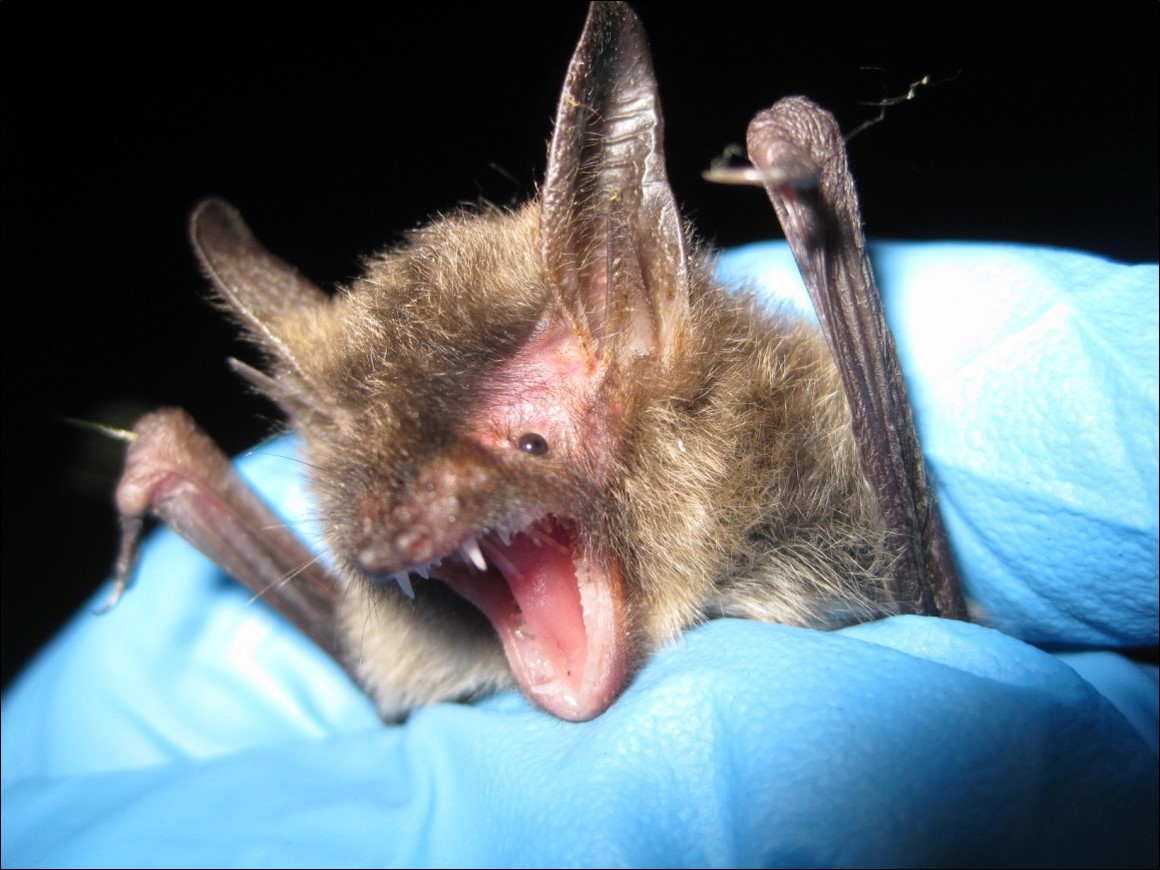Estimating Rules Used by Animals for Landscape Level Movements
Animal movement decisions result from wildlife behavior interacting with environmental context (e.g., animal’s condition, nearby microhabitat characteristics, larger landscape setting of present location) and profoundly impact critical ecological phenomena ranging from population viability through species range expansion. A better understanding of movement rules used by wildlife species in a variety of circumstances is vital to gaining insight into the mechanisms underlying threats to the conservation of many wildlife species.
Major Contributions:
Lima S.L., and P.A. Zollner. (1996) Towards a behavioral ecology of ecological landscapes. Trends in Ecology and Evolution 11: 131-135.
Zollner, P.A., and S.L. Lima. (1997) Landscape-level perceptual abilities in white-footed mice: perceptual range and the detection of forested habitat. Oikos 80: 51-60.
Zollner, P.A. (2000) Comparing the landscape level perceptual abilities of forest sciurids in fragmented agricultural landscapes. Landscape Ecology 15: 523-533.

Assessing Wildlife Habitat Value in Human Dominated LandscapesHuman activity has unforeseen implications on the quality and quantity of habitat for wildlife. Management requires understanding the landscape level implications for habitat value of scenarios for human activities such as forest management and habitat restoration.
Major Contributions:
Pauli, B.P, P.A. Zollner, and G.S. Haulton. 2017. Nocturnal habitat selection of bats using single- and multi-species occupancy models. Journal of Wildlife Management DOI: 10.1002/jwmg.21251.
Pauli, B.P., H.A. Badin, G.S. Haulton, P.A. Zollner and T.C. Carter 2015. Landscape features associated with the roosting habitat of Indiana bats and northern long-eared bats. Landscape Ecology 30:2015-2029.
Zollner, P.A., L.J. Roberts, E.J. Gustafson, H.S. He, and V.C. Radeloff. (2008) Influence of forest planning alternatives on landscape pattern and ecosystem processes in Northern Wisconsin, USA. Forest Ecology and Management 254: 429-444.
Creating and Applying Individual Based Models for Wildlife Conservation
Individual based models are tools that can be used to integrate empirical data (e.g., based on animal movement patterns) and predict responses of wildlife species to alternative landscape patterns. However, existing simulation tools generally fail to provide meaningful insights for addressing practical management problems associated with real animal populations. A pressing need exists for simulation models that flexibly incorporate context-dependent complexity in a user-friendly format so they can be used across a wide range of species.
Major Contributions:
Rodriguez-Prieto, I., V.J. Bennett, P.A. Zollner, M. Mycroft, M. List, and E. Fernandez-Juricic. 2014. Simulating the responses of forest bird species to multi-use recreational trails. Landscape and Urban Planning 127:164-172.
Pauli, B.P., N.P. McCann, P.A. Zollner, R. Cummings, J.H. Gilbert, and E.J. Gustafson. 2013. SEARCH: Spatially explicit animal response to composition of habitat. PLoS ONE 8(5): e64656. DOI:10.1371/journal.pone.0064656.
Bennett, V.J., E. Fernandez-Juricic, P.A. Zollner, M.E. Beard, L. Westphal, and C. Le Blanc. 2011. Modeling the responses of ‘species of management concern’ to ecotourism to contrast the impacts of recreational scenarios. Ecological Modeling 222:2770– 2779.

